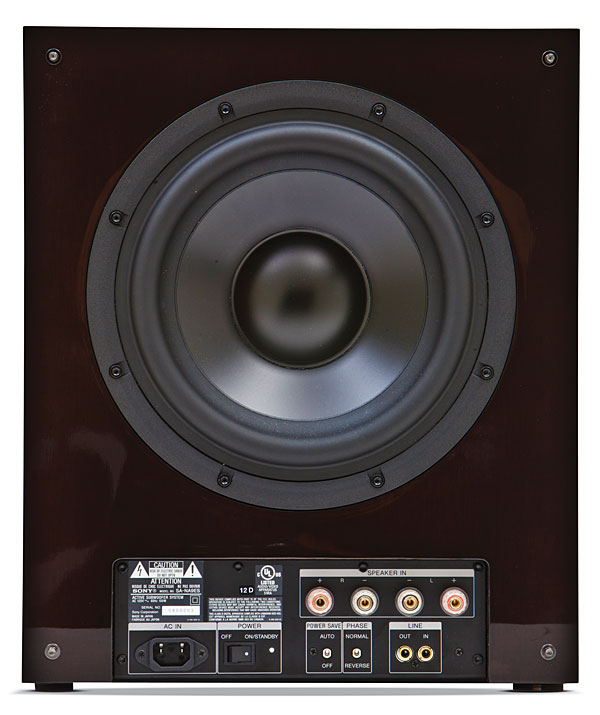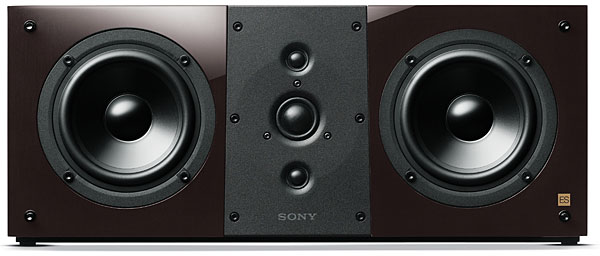The Sony speakers reviewed in this article are not the most efficient speakers and probably have not reached its full potential based on the reference components used by the reviewer. It is also unlikely that anyone who is willing to spend $19,000 on a set of speakers will be pairing the speakers with an $1,100 receiver. If the reviewer does not own suitable matching reference components it may be best if some else in the Sound & Vision staff write the review. Writing a review with inappropriate reference components does not do justice to the speakers or more importantly, the reader.
While not doubting the speakers deserve a top pick recommendation, what point of reference does the reviewer base his recommendation on? Similarly priced or category of speakers are not mentioned in the article. I appreciate the several paragraphs describing different types of audio played through the speakers, it may be more usefully to the reader to include a paragraph comparing the Sony speakers to other speakers. Otherwise the review may come off as more of a advertisement then any form of critical buying advise.







































































